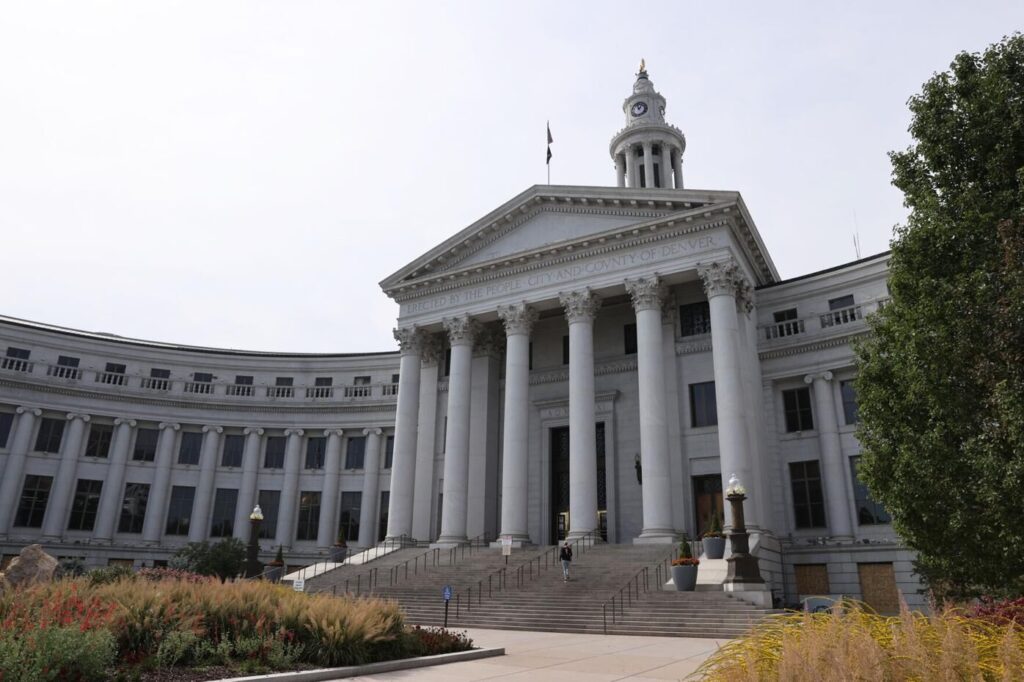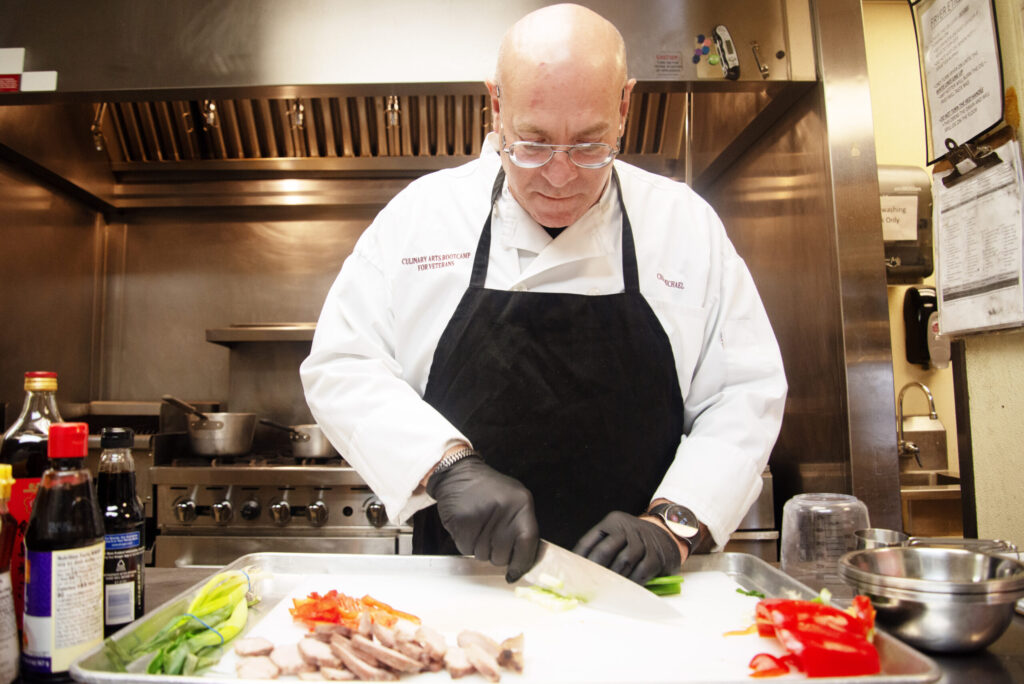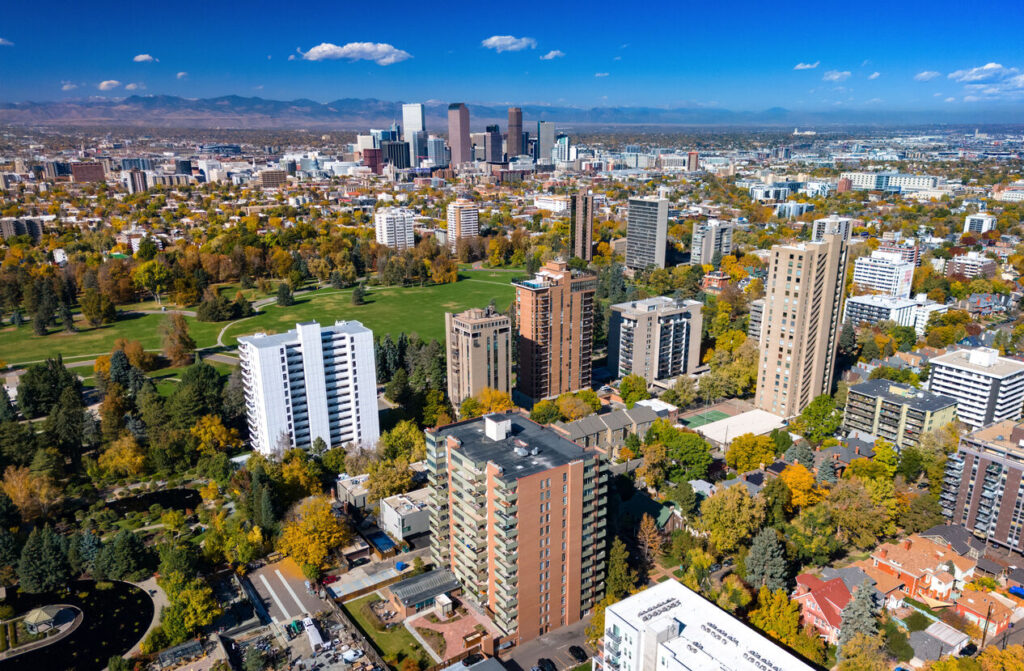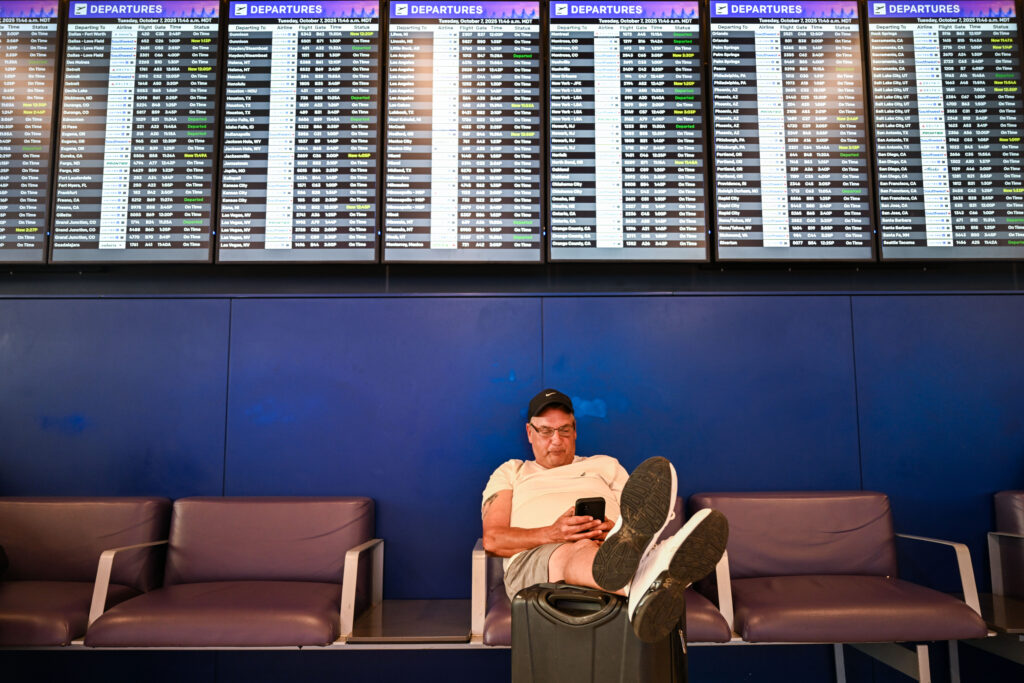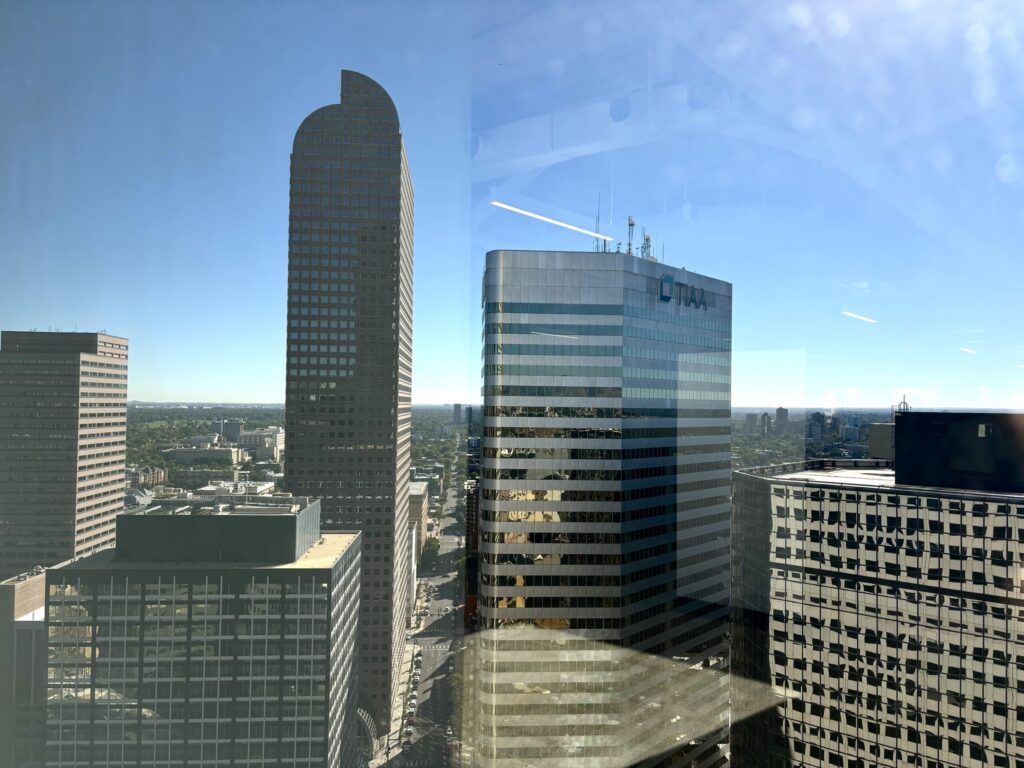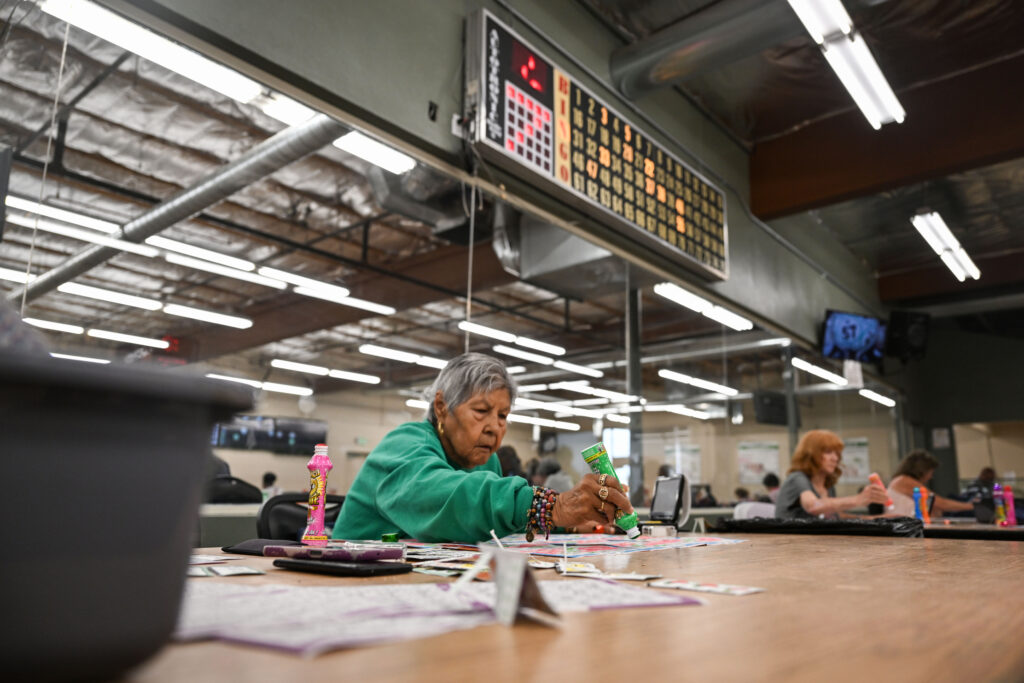Pedestrian fatalities soar 50% in Denver, city officials say

The number of pedestrians who have lost their lives in traffic crashes has jumped by 50% over last year, according to city transportation officials.
Year-to-date in 2025, 25 pedestrians have died on Denver streets compared to 16 during the same time frame in 2024.
Of those 25 fatalities, six occurred on local highways, Denver Department of Transportation and Infrastructure Director Amy Ford told reporters at a press conference on Thursday.
Ford said the six individuals who died on the interstate had experienced car trouble, exited their vehicles and were struck.
In all, 58 people have died in Denver traffic crashes this year, with decreases in the number of those who have died in cars and on motorcycles, and an increase in fatal crashes involving scooterists compared to last year.
| As of Sept. 30, 2022 | As of Sept. 30, 2023 | As of Sept. 30, 2024 | As of Sept. 30, 2025 | |
| People in cars | 33 | 31 | 21 | 17 |
| People walking or rolling | 22 | 24 | 16 | 25 |
| Motorcyclists | 10 | 6 | 14 | 6 |
| Bicyclists | 2 | 3 | 2 | 3 |
| Electric stand-up scooterists | 0 | 2 | 1 | 6 |
| Lo-power scooterists (moped) | 1 | 0 | 0 | 1 |
| TOTAL | 68 | 66 | 54 | 58 |
Year-to-date comparison of traffic fatalities by mode
SOURCE: Denver Department of Transportation and Infrastructure
In neighboring Aurora, law enforcement officials confirmed there have been 13 fatal auto-pedestrian crashes so far this year, as of Sept. 30.
There were 20 fatal auto-pedestrian accidents in 2023 and 19 in 2024.
Ford joined officials from CDOT, RTD and the Denver Police Department in designating October as National Pedestrian Safety Month, raising awareness that upcoming seasonal events such as the end of Daylight Saving Time on Nov. 2 will see the sun rising and setting an hour earlier, and creating potentially hazardous sun glare at different times of day that can impact visibility.
Vision Zero
In 2015, Denver began laying the groundwork for what would become known as the “Vision Zero” initiative, a transportation safety philosophy that was most fully developed in Sweden in the late 1990s. Since its inception, Sweden has significantly reduced traffic fatalities, making it one of the safest cities in which to drive.
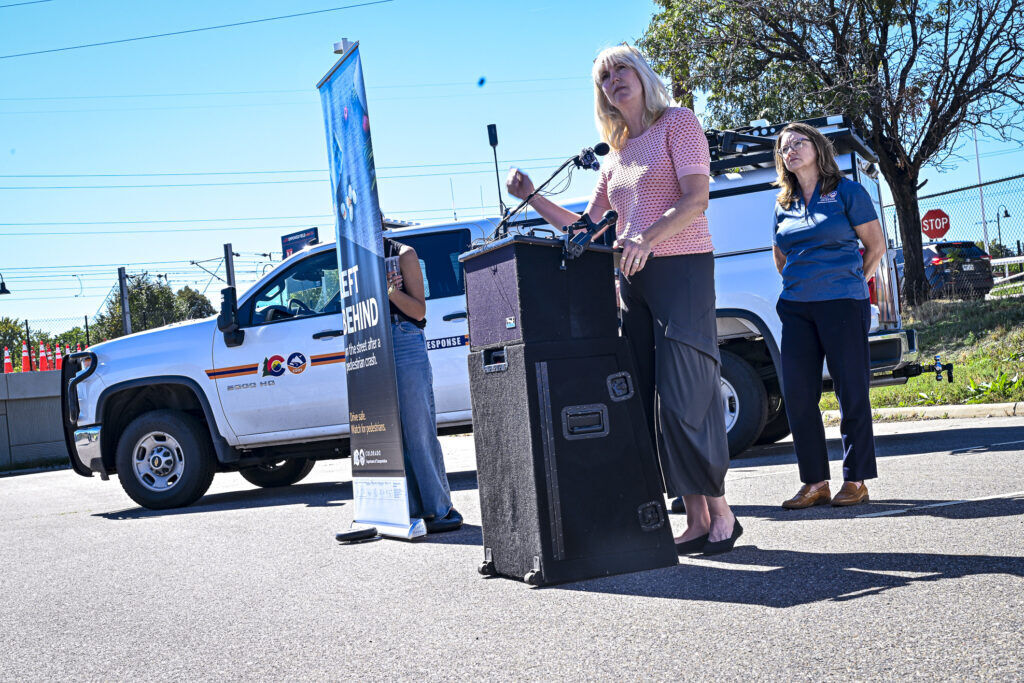
Denver strives to replicate that, with the goal of reducing traffic deaths to zero by 2030.
To achieve that goal, the city has, among other things, reduced traffic lanes to give room to cyclists, added on some streets waist-high poles poking up from the pavement called bollards, and broken ground to build center medians that officials said would provide people “safe places to stand when crossing.”
When asked if the recent increase in pedestrian deaths hinted that the city’s Vision Zero approach may need fine-tuning, Ford told The Denver Gazette that the program and its vision are “absolutely where we need to be.”
“Vision Zero program is an approach,” Ford told The Denver Gazette. “It’s a philosophy of how we put safety first on every single thing that we do – safety first in every engineering design, safety first in how we evaluate every road, safety first in every project that we put onto our streets as we work through that.”
Officials believe pedestrian infrastructure — like dedicated transit lanes, slower traffic and bulb-outs on corners to make the distance between sides of the street smaller — can help curb the growing number of deaths.
DOTI is also using data from its Vision Zero dashboard to help prioritize and direct resources to high-injury areas.
Ford added that the work of the Vision Zero program is “never-ending” and that the city is “doubling down” on its efforts to reduce fatality numbers as quickly as possible.
SPEED
In June of 2024, Denver Mayor Mike Johnston announced “SPEED,” an 18-month program comprised of several targeted actions to address speeding on high-risk streets such as Federal Boulevard and Alameda Avenue.
Along with adding speed limit signs and programming traffic signals to give pedestrians a head start when crossing the street, officials have said the city will also plan to deploy mobile speed vans and piloting automated speed enforcement cameras.
Denver Gazette reporters Sage Kelley and Michael Braithwaite contributed to this story.






